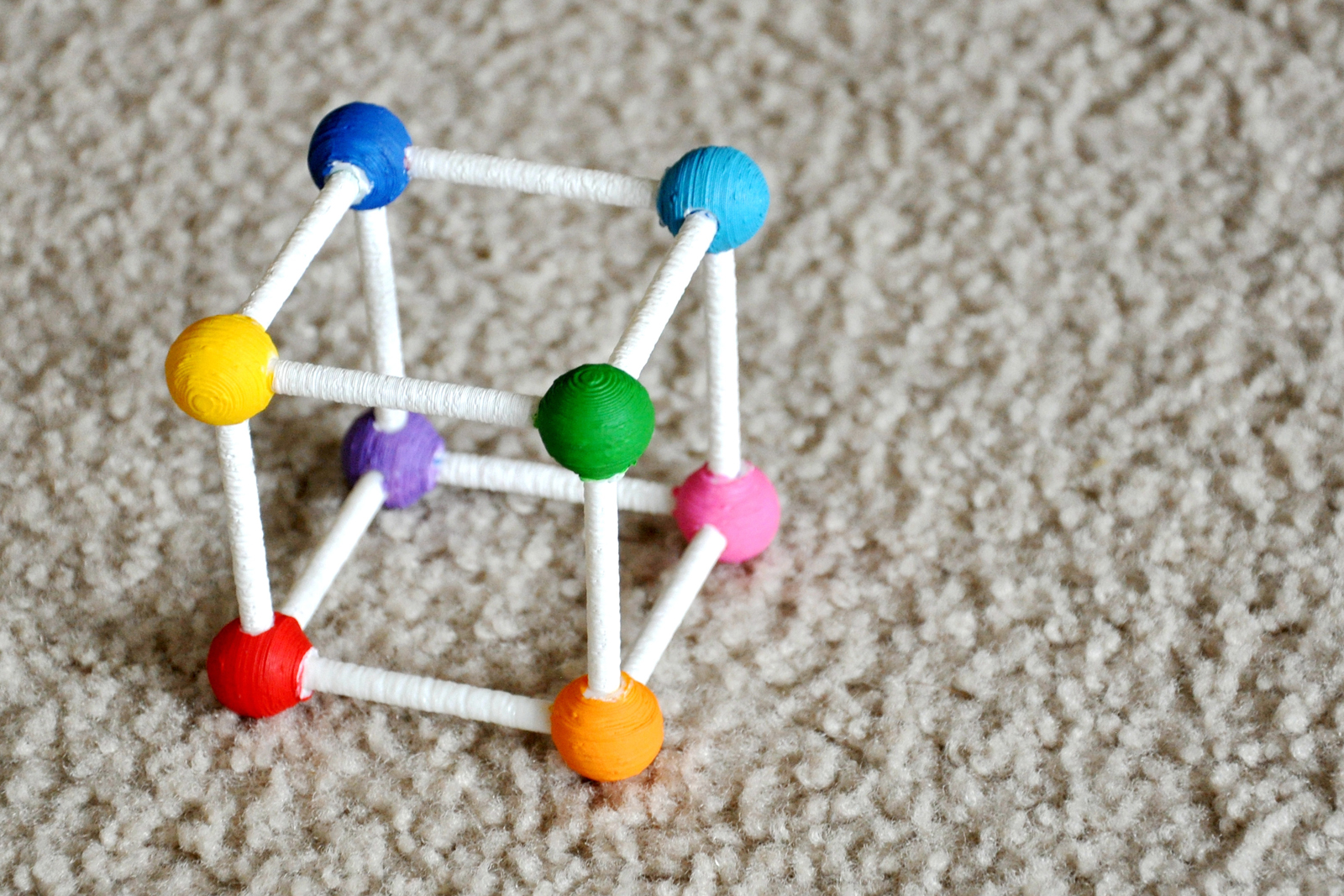
Google's App Verification Service is a quiet addition to Android 4.2, but potentially game-changing: it promises malware checks for any installable Android app, whether it comes from a Bouncer-verified Google Play or a website lurking in the shadows. NC State University Associate Professior Xuxian Jiang doesn't want to simply accept the claim at face value, though. He just pitted the service against 10 anti-malware apps to gauge its effectiveness at stopping a wide range of rogue code. The short summary? Don't quit your day job, Google. Among 1,260 samples, the App Verification Service caught 193 instances, or 15.32 percent -- well below the 50 percent of its closest challenger, and nowhere near the perfect scores of two apps. According to the professor, Google's shortcoming mostly comes from a relatively skin-deep routine that checks the SHA-1 value and install package name, not underlying code that's tougher to change. Android malware isn't a serious enough issue for us to be worried at present, but nor would we lean on the App Verification Service as our only safety net.
Filed under: Mobile, Google
Comments
Source: NC State University
 You can't usually spin, stretch and otherwise manipulate virtual objects all that easily. You're often relegated to clicking and dragging on a mouse, and even exotic approaches like HoloLens or VR headsets introduce issues like lag. However, North...
You can't usually spin, stretch and otherwise manipulate virtual objects all that easily. You're often relegated to clicking and dragging on a mouse, and even exotic approaches like HoloLens or VR headsets introduce issues like lag. However, North...
 You can't usually spin, stretch and otherwise manipulate virtual objects all that easily. You're often relegated to clicking and dragging on a mouse, and even exotic approaches like HoloLens or VR headsets introduce issues like lag. However, North...
You can't usually spin, stretch and otherwise manipulate virtual objects all that easily. You're often relegated to clicking and dragging on a mouse, and even exotic approaches like HoloLens or VR headsets introduce issues like lag. However, North...








